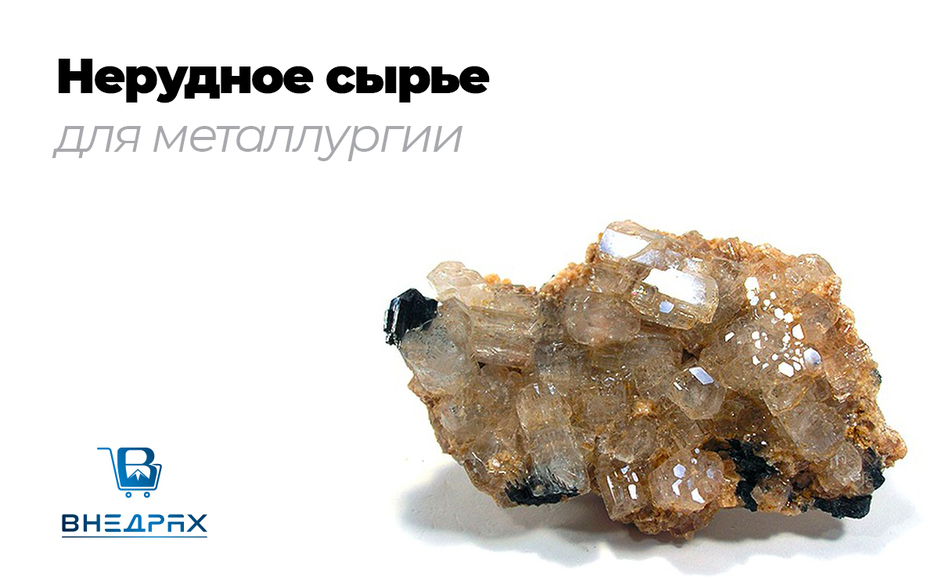Lime, limestone, dolomite
Lime (from the Greek ἄσβεστος “unquenchable” [1]) is a material obtained by burning (not until melted) carbonate rocks (limestone, chalk). In terms of chemical composition, it consists almost entirely of free calcium and magnesium oxides with a predominant content of CaO[2]. It is used in construction, as well as for the production of various chemicals, some of which are also called “lime”. Depending on the type of rock from which lime is produced, it can be calcium, magnesium or dolomite. Also, such material is usually divided into medium, fast or slow slaking lime [3]. Lime milk is used for whitewashing walls, fences, and tree trunks. For preparing lime mortar. Slaked lime has been used for masonry construction since ancient times. Such a mortar usually consists by weight of one part slaked lime and three to four parts of quartz sand. Add water to the mixture until a thick mass is obtained. In the mixture, a chemical reaction of the components occurs with the formation of calcium silicates, and in this reaction water is released. This is a disadvantage of such a solution, since high humidity remains for a long time in rooms built using such a solution. This is also why in modern construction cement has almost completely replaced slaked lime as a binder in building mortars. For the preparation of silicate concrete and sand-lime brick. The composition of silicate concrete is similar to the composition of lime mortar, but its hardening occurs several orders of magnitude faster, since the mixture of slaked lime and quartz sand is treated with superheated (174–197 °C) water steam in an autoclave at an increased pressure of 9–15 atmospheres. To eliminate carbonate hardness of water (water softening)[4]. For the production of bleach. For the production of lime fertilizers and reducing the acidity of acidic soils. In production by causticization of soda and potash. When tanning leather. To obtain other calcium compounds, neutralization of acidic solutions (including industrial wastewater), production of organic acids, etc. It is registered in the food industry as a food additive E526. As a reagent for a qualitative reaction to carbon dioxide. Lime milk is a suspension of calcium hydroxide in water used for refining sugar in the sugar industry. In Latin America, corn grains are boiled in lime milk to soften the shell, activate gluten and improve digestibility - the so-called. “nixtamalization” [source not specified 58 days]. For the preparation of mixtures to combat plant diseases and pests, for example, it is part of the classic fungicide - Bordeaux mixture. In dentistry for disinfection of root canals of teeth. In electrical engineering - when installing grounding in soils with high electrical resistance - as an additive to the soil, to reduce the electrical resistivity of the soil [source not specified 58 days].
No reviews found



